Analyzing the Economic Impact of Soda Tax: A Comparative Study
VerifiedAdded on 2022/09/08
|5
|394
|40
Report
AI Summary
This report analyzes the economic implications of a soda tax, focusing on its impact on consumer and producer surplus, as well as the overall welfare effects. The analysis uses a supply and demand framework to illustrate how the tax shifts the equilibrium price and quantity of sugar-sweetened beverages. The report highlights that while a soda tax may reduce consumption, it also leads to a loss in both consumer and producer surplus, as well as creating deadweight loss, suggesting an overall reduction in social welfare. The report references a real-world case, the Seattle soda tax, and its effect on sales. Ultimately, the report concludes that the imposition of a soda tax is not beneficial because it leads to a decrease in both consumer and producer surplus, alongside causing a reduction in social welfare. The report includes a figure illustrating the changes in consumer and producer surplus and deadweight loss.
1 out of 5
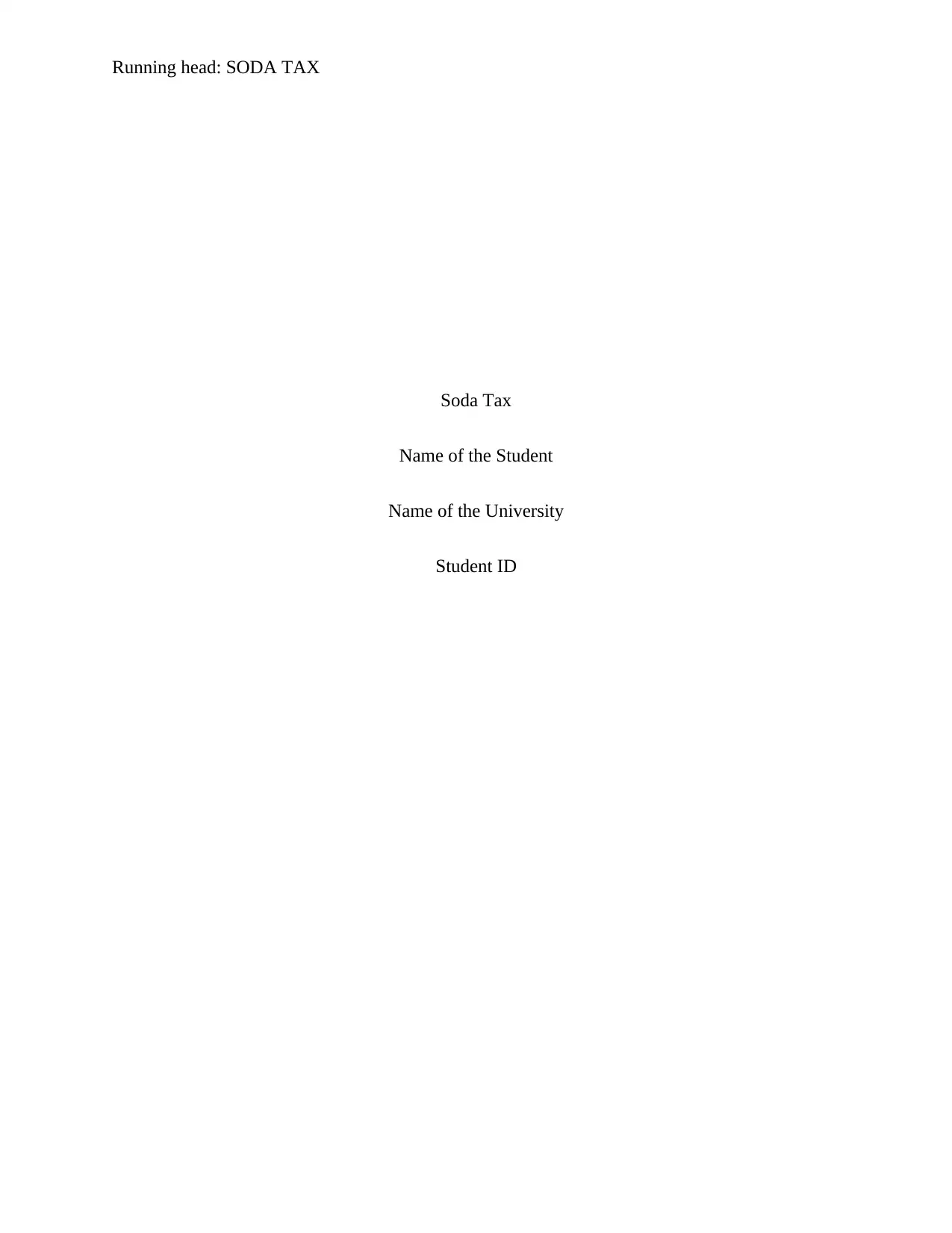
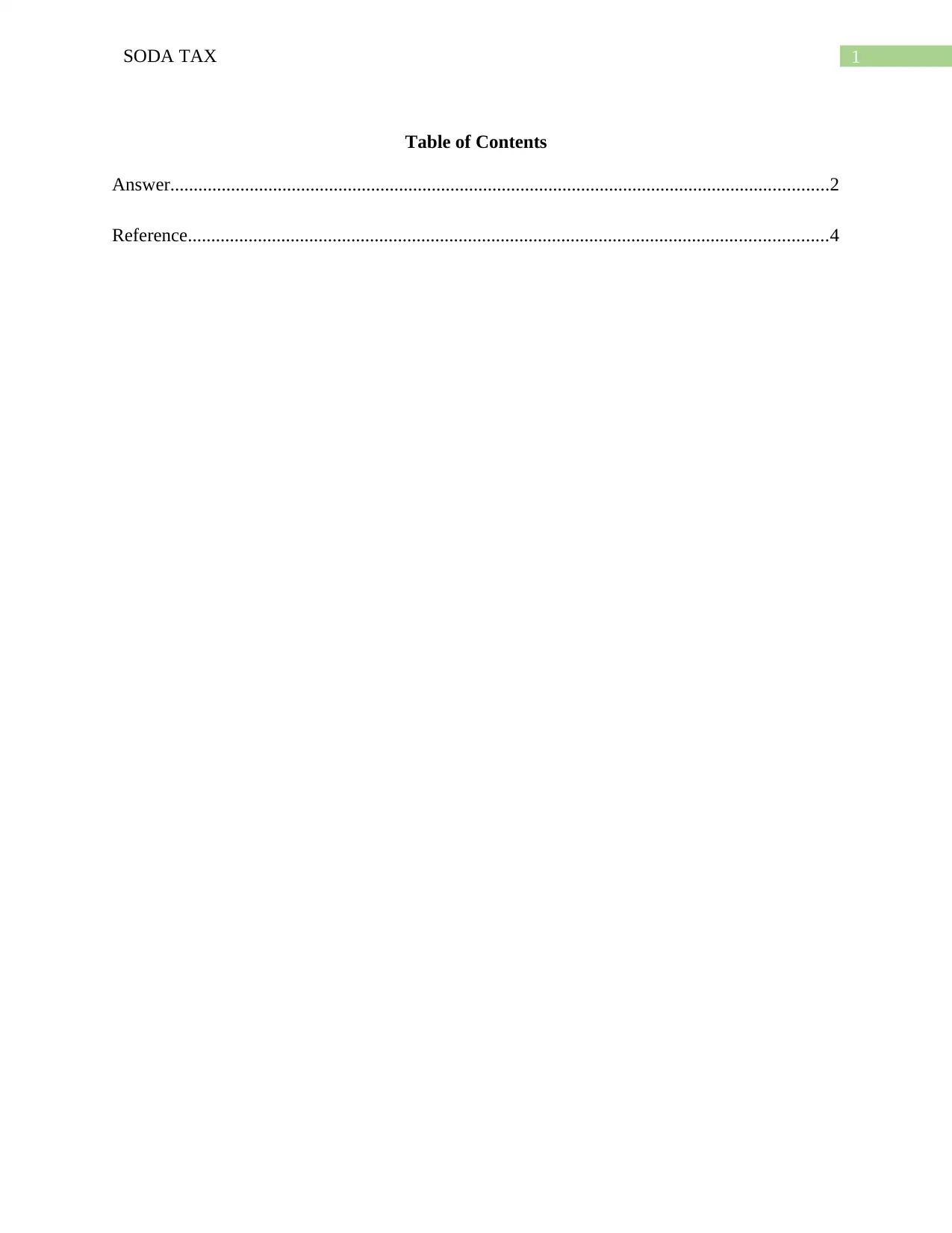
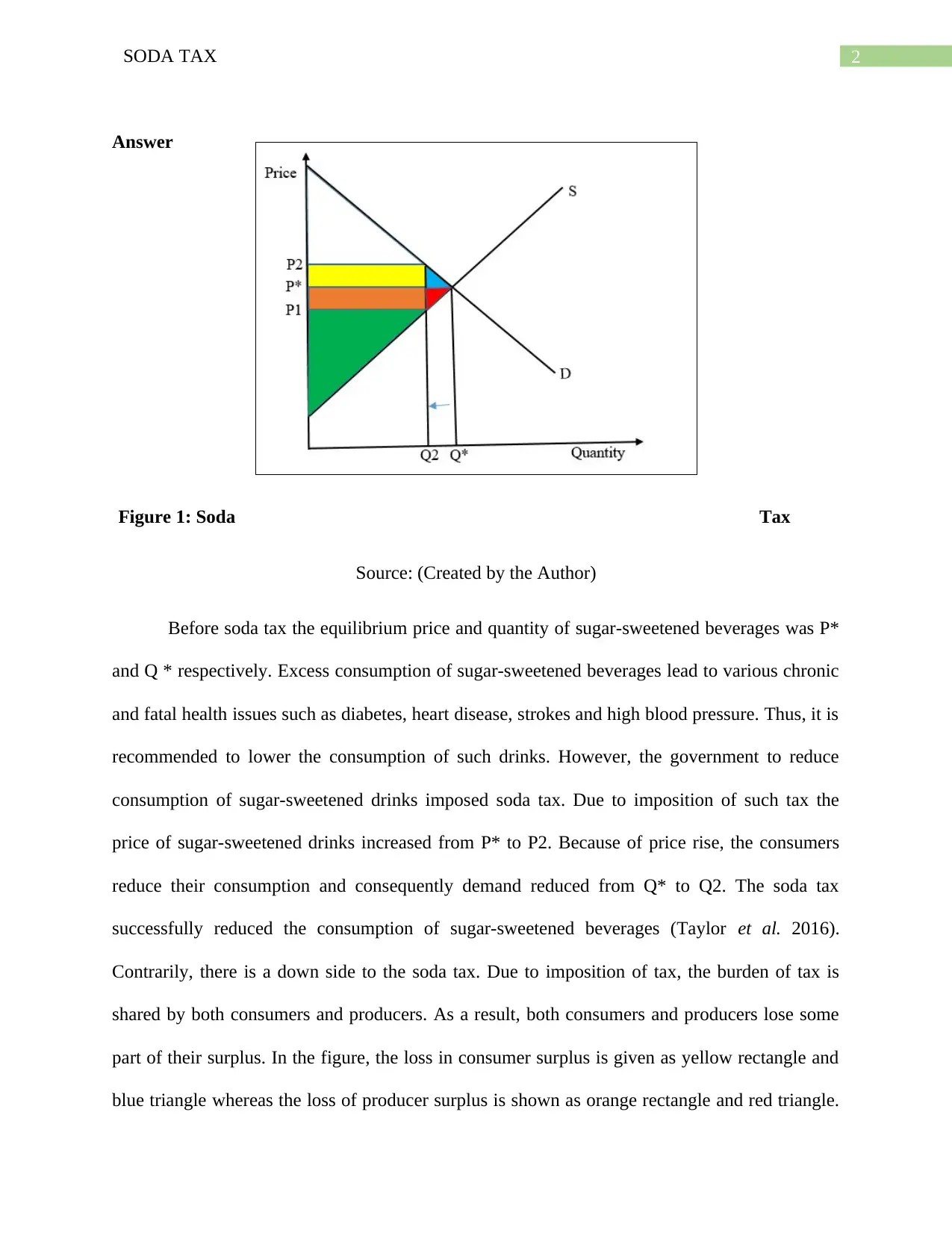

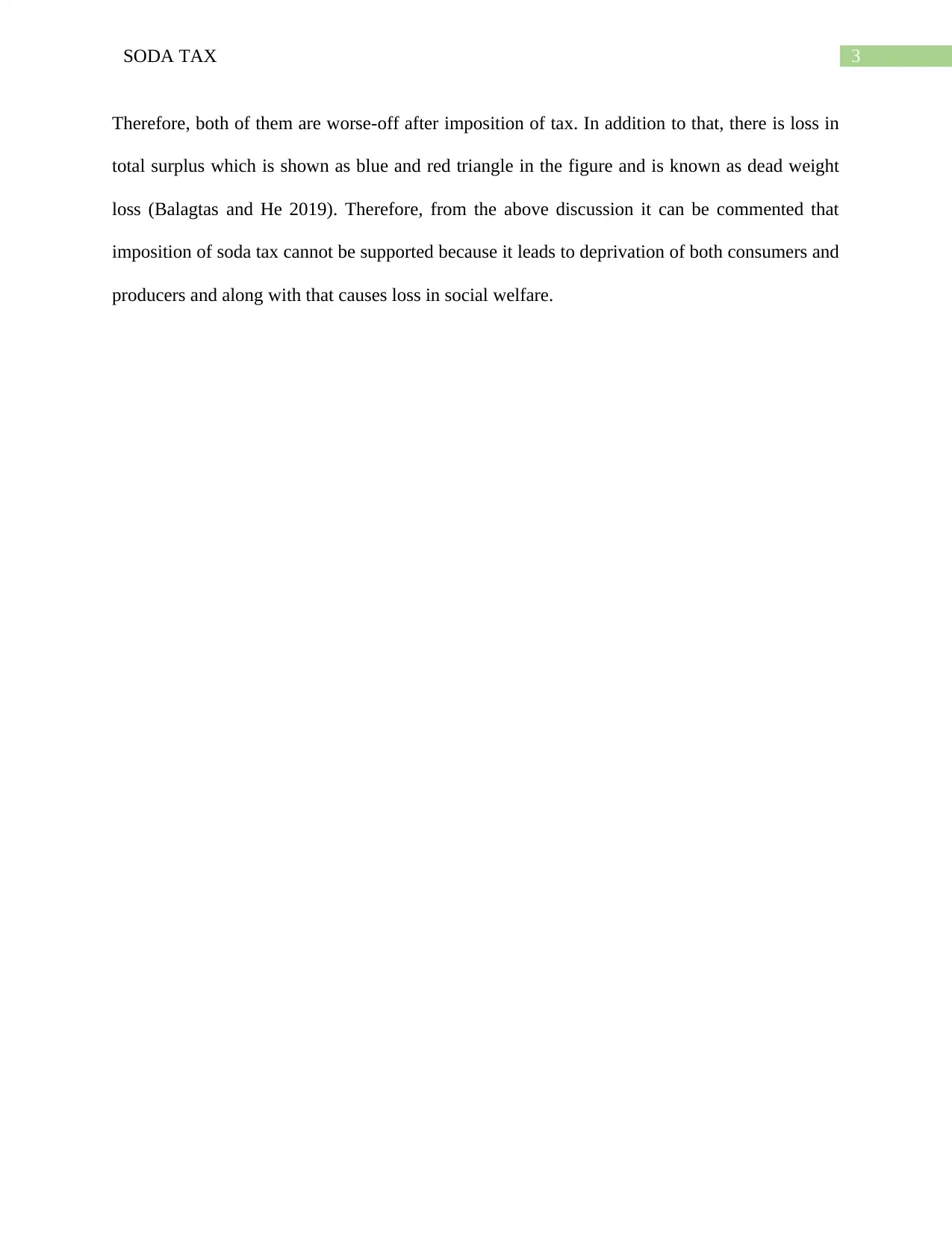
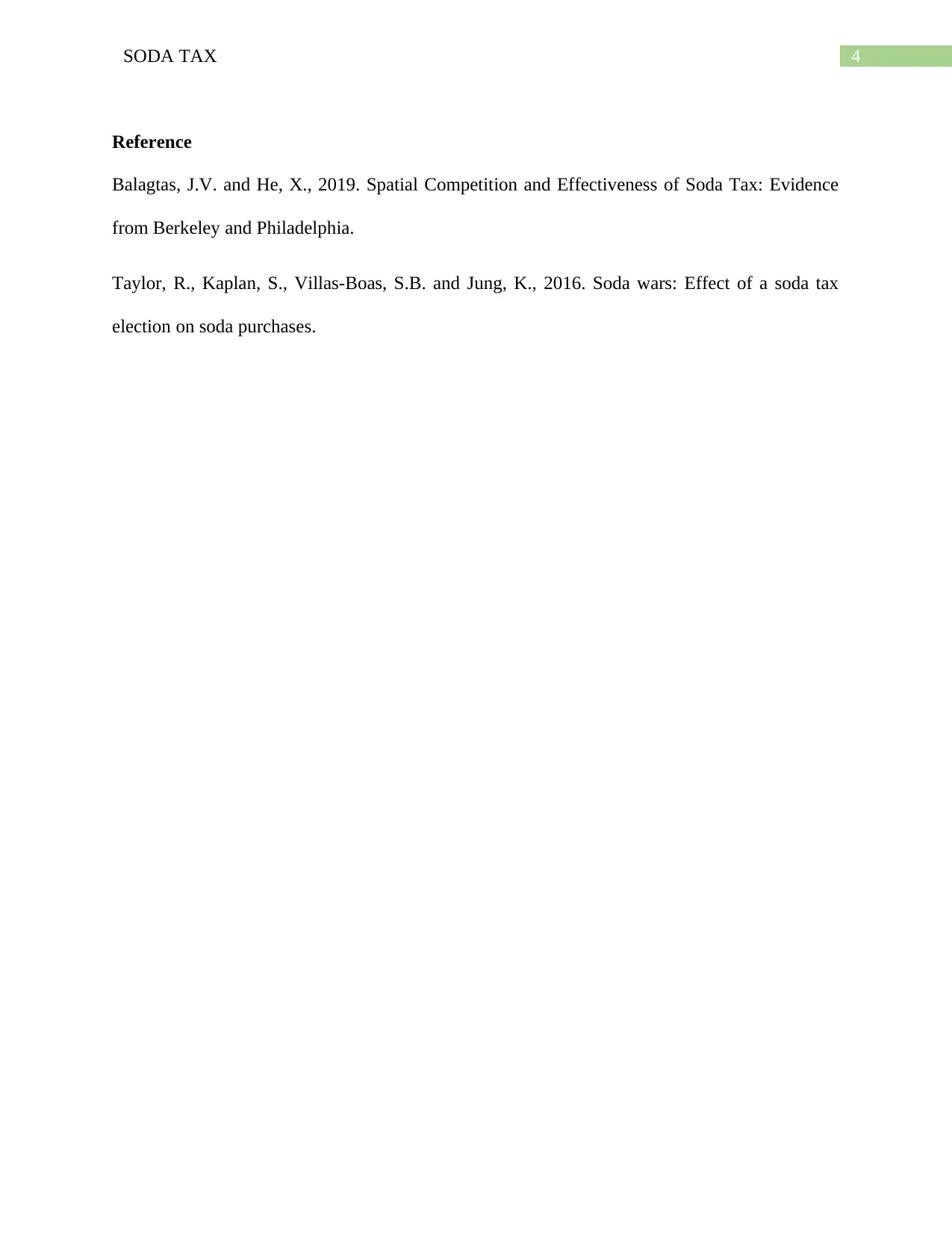






![[object Object]](/_next/static/media/star-bottom.7253800d.svg)